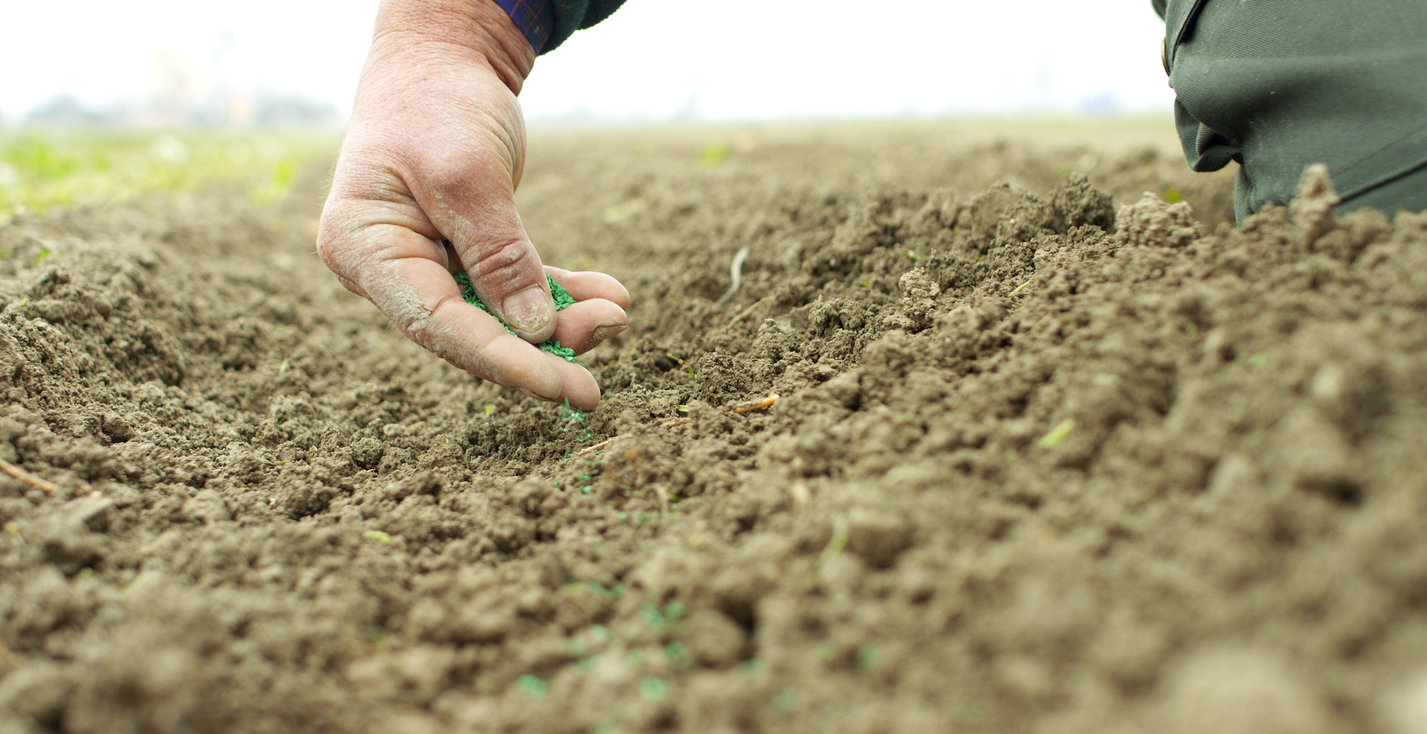Beneficial Soil Fungus Part 2

Beneficial soil fungus called mycorrhizae fungi (MF) can optimize crop yields. MF use to be abundant be MF must have a live root as a host. Plowing soil, fallow periods, and annual crops caused many beneficial MF to died off. Long fallow periods, 14-16 weeks; greatly reduce (85- 98%) MF population levels while shorter fallow periods, 3-6 weeks; reduce MF populations 30- 70%. Some hardy MF species survive in tilled crop land but using cover crops with a live root, can gradually increase MF populations over time (maybe 5-10 years). Inoculating a crop with MF spores speeds up the process and crops respond quickly. A full rate of MF inoculant, depending on formulation, costs about $12-15/acre. This rate is designed to provide 150,000 propagules (spores and root fragments containing MF) or more per acre. MF research on crops is extensive with over 155,000 published research articles at this time with 10X more research articles on the use of corn (maize MF) than corn using anhydr...



